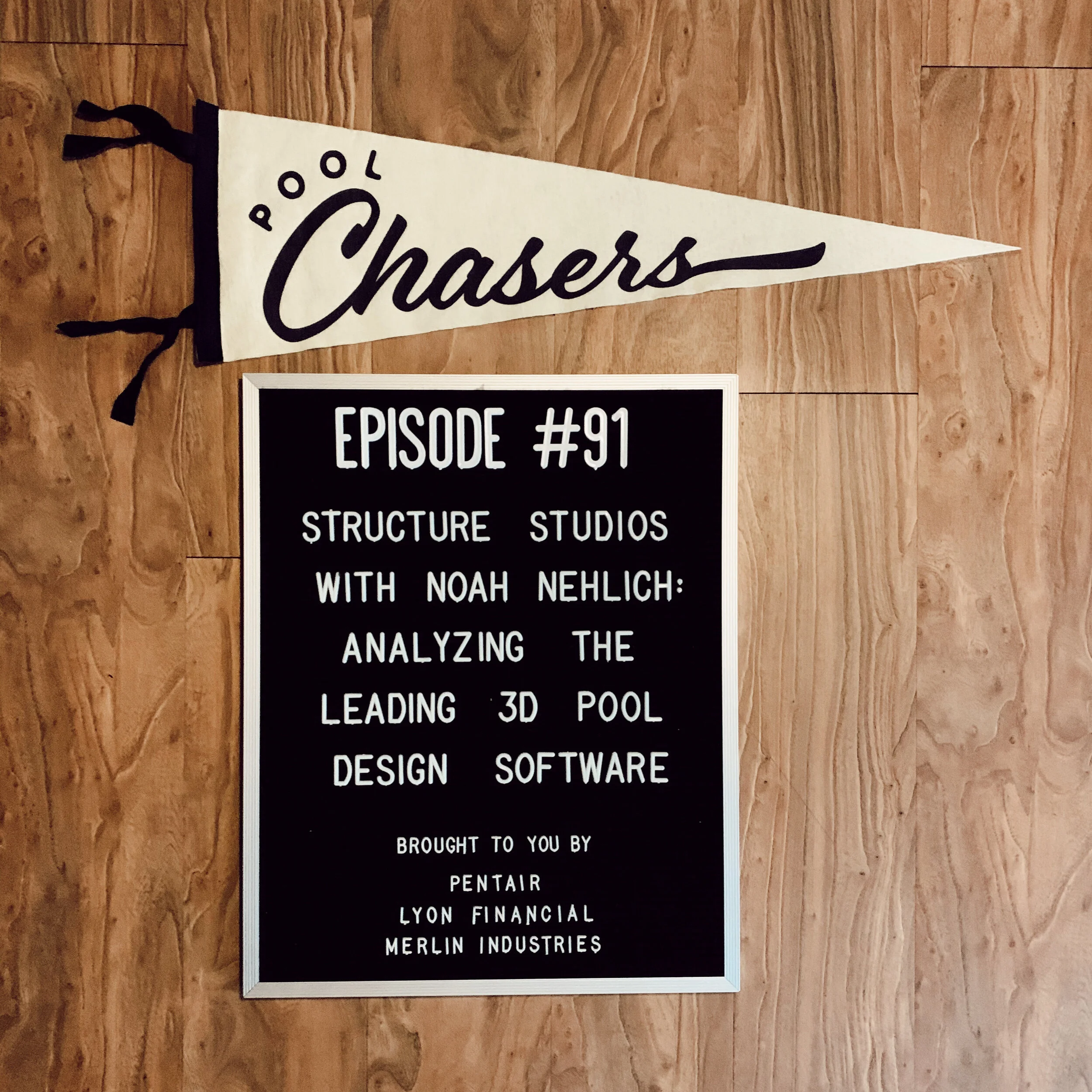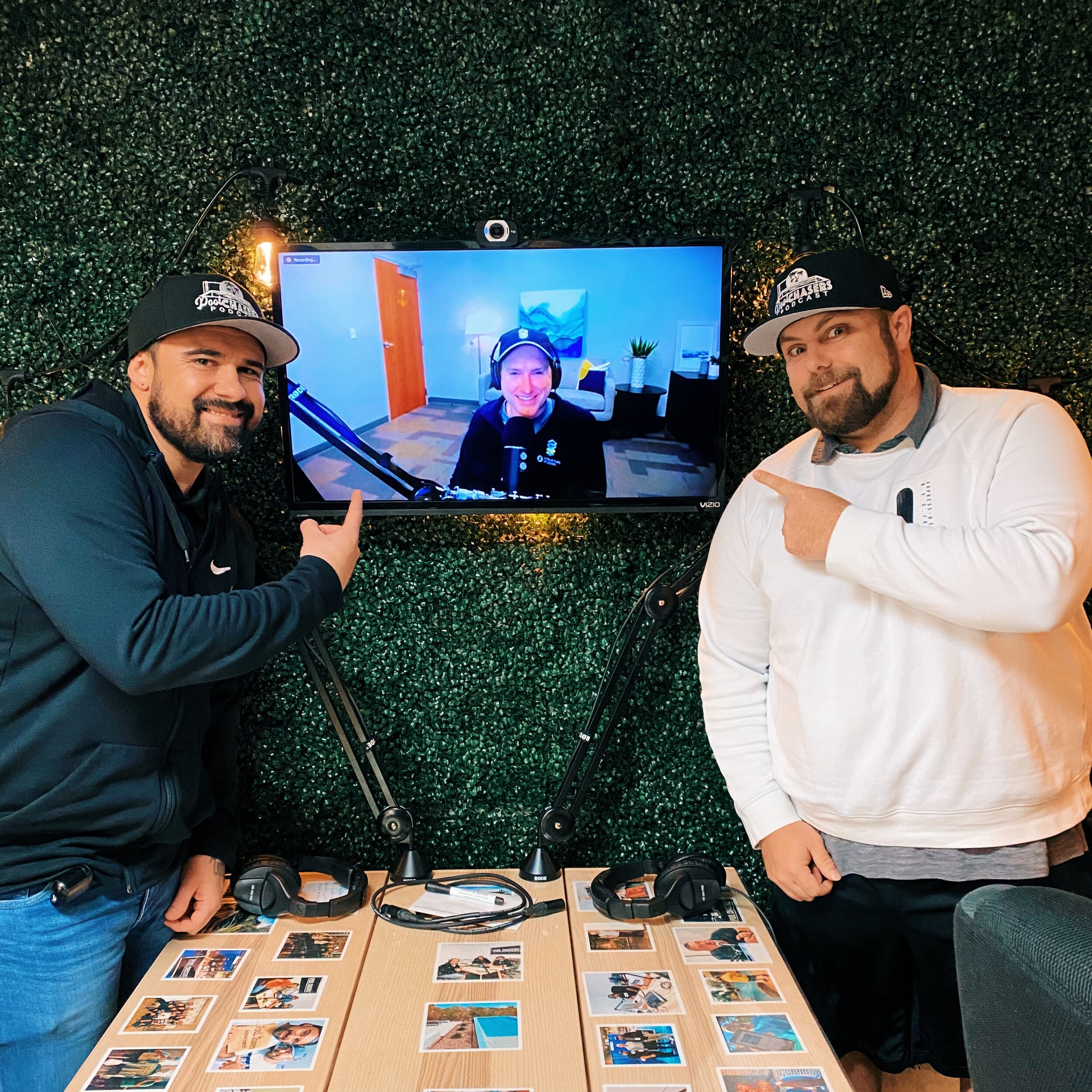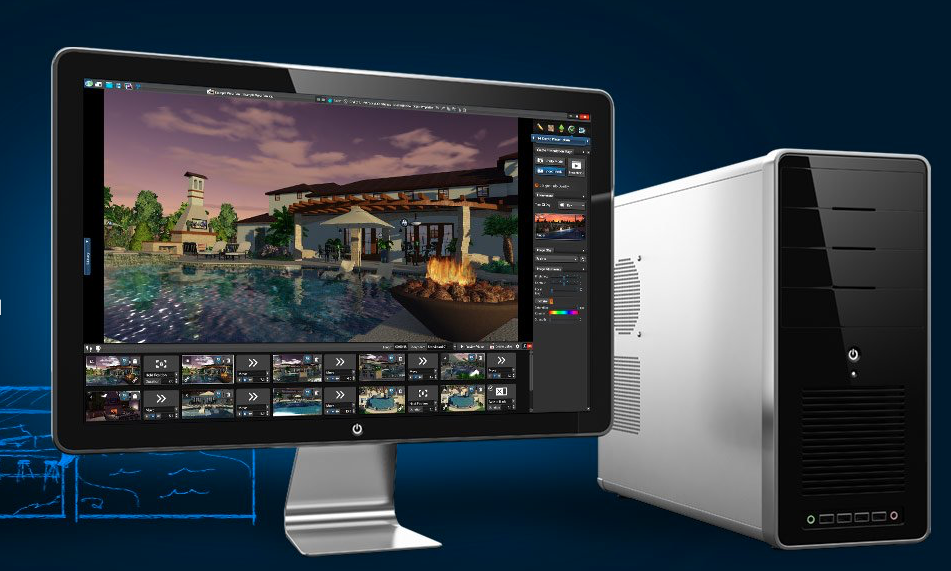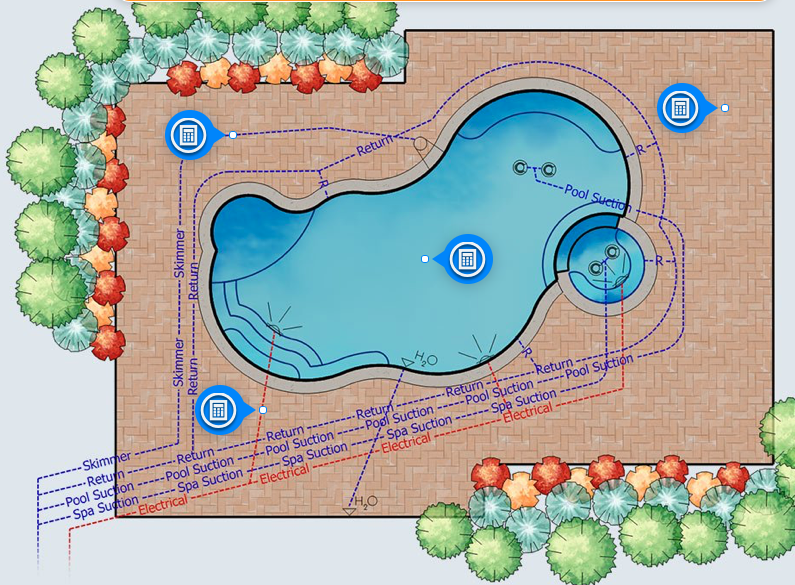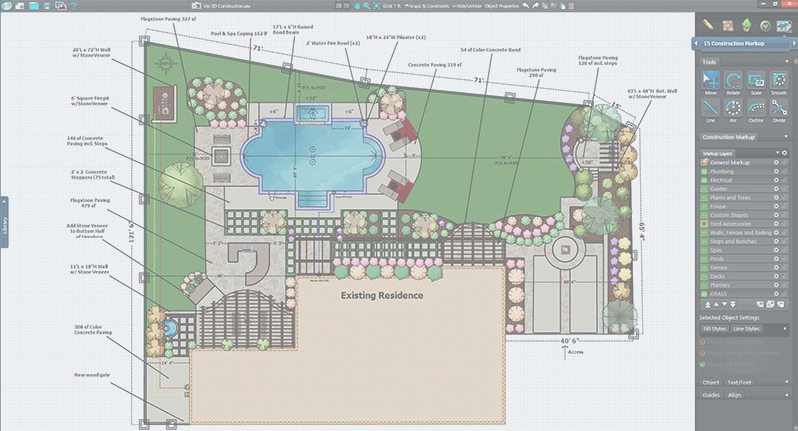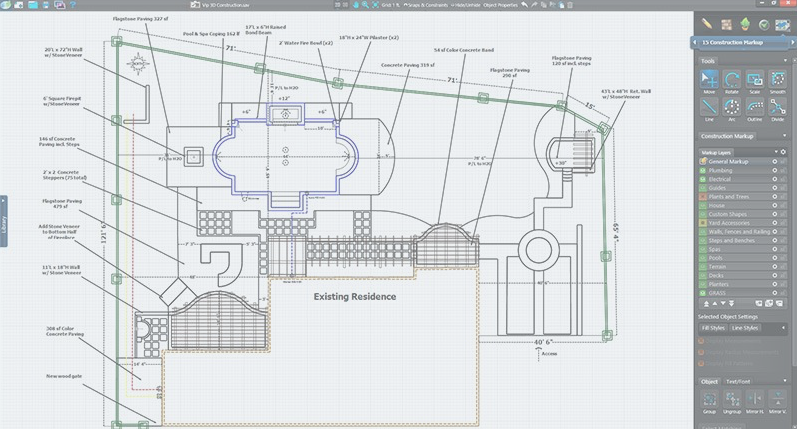Episode 91: Structure Studios with Noah Nehlich: Analyzing the Leading 3D Pool Design Software
Listen to the episode on Apple Podcasts, Spotify, Stitcher, Soundcloud, Google Podcasts, Youtube, or on your favorite Podcast platform.
In this episode, we sat down with Structure Studios founder Noah Nehlich. They are the creators of the industry's leading pool design software Pool Studio and landscaping software VizTerra. Noah’s journey is the true definition of what it is like to be an entrepreneur. It all started with a video game project he created when he was young, through this, he learned that when people can visualize something then they are more likely to buy into the project. With the development of Pool Studio, they opened the eyes of homeowners everywhere by allowing them to see a 3D pool design of the concept they were looking to build in their backyard. Until then, most people were using hand drawings and other versions of 2D designs to show their clients. This new program also empowered designers and builders to create an emotional connection with every presentation they performed.
Structure Studios has since created Vip3D which is a 3D high-end design software and YARD which is an augmented reality app. We had a great conversation about Noah’s incredible journey, the history of Pool Studio, what the software is designed to do, it’s capabilities and features, and how it essentially works. We also discuss the steps to take to get started and what kind of training classes they have available. If you think swimming pool or landscape design is a fit for you, this episode gives you a breakdown of the options that are available starting with a Structure Studios free trial.
Sponsors:
Lyon Financial: https://poolchasers.link/lyon-pwu-91
Merlin Industries: https://poolchasers.link/merlin-pwu-91
Visit Structure Studios:
Instagram: https://poolchasers.social/structure-ig-91
Book & Podcast Recommendations:
Radical Candor by Kim Scott: https://poolchasers.link/Radical-91
Never Lose a Customer by Joey Coleman: https://poolchasers.link/Never-91
Show Notes:
[02:06] Introduction to Noah Nehlich, Structure Studios and dealing with Coronavirus
[10:29] From South Dakota to Las Vegas, NV. From teenage gamer to entrepenuer
[15:51] Early days building Structure Studios
[16:59] Leaving Paddock Pools to design for all builders
[22:22] Earning almost 100,000,000 with their MVP software at the International Pool Show
[25:02] Getting real world feedback from early adopters
[30:32] Building software is more difficult than you think
[34:01] All Software Structure Studios offer
[36:44] GIS Aerial Imagery is hands down the most popular feature
[41:22] Getting started with Pool Studio
[42:30] Live classes by Structure Studios
[43:08] Apple computers are not recomended for the software
[44:56] Best computer recommendation
[50:09] Charging for swimming pool designs
[54:17] The software is made for profesionals not homeowners
[57:04] Turning a design from 2D to 3D
[01:02:21] Features in Pool Studio
[01:08:31] Free trial and paid membership
[01:10:04] Biggest struggles for pool designers and how to overcome
[01:12:05] Book recomendations
Resources Mentioned:
Google Trends: https://poolchasers.link/trends-resourcce-91
Staycation: https://poolchasers.link/staycation-resource-91
Computer Networking: https://poolchasers.link/networking-resource-91
Unreal Game: https://poolchasers.link/unreal-resource-91
Ultima Online: https://poolchasers.link/ultima-resource-91
I-9 Processor: https://poolchasers.link/i9-resource-91
RTX 2080 Super: https://poolchasers.link/rtx-resource-91
CAD Software: https://poolchasers.link/cad-resource-91


